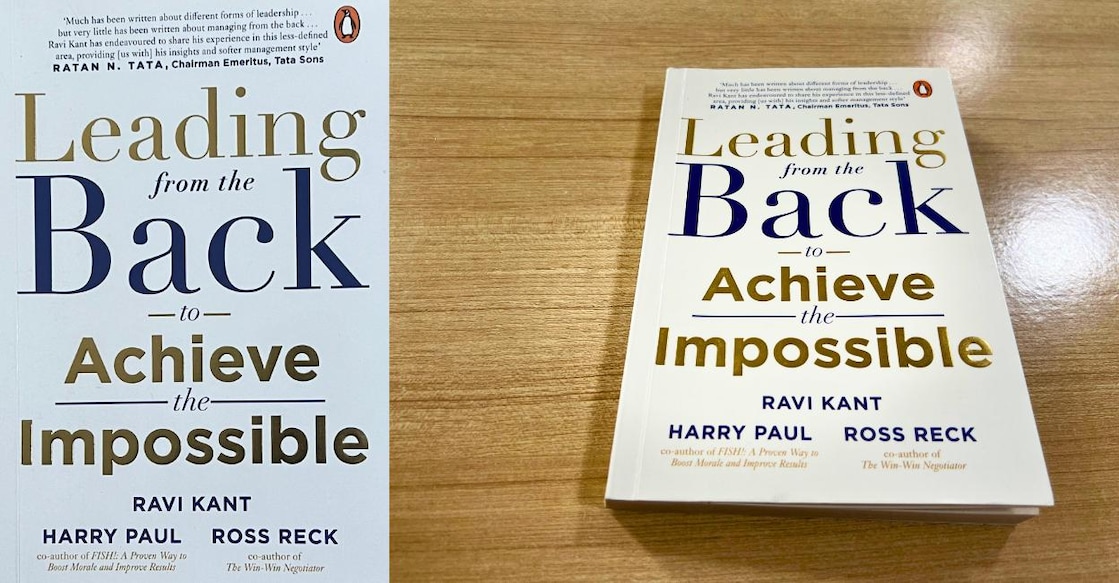The art of leading from the back and inspiring the team to greater success | Book Review

Mail This Article
India men's cricket team was on a roll in the ICC One-Day International World Cup held last year. Despite an injury scare for one of the most important players, the team regrouped seamlessly and went on to win all the matches to storm into the final.
All through the group matches and in the knockouts, captain Rohit Sharma and the deputed players faced the media. The players were in the limelight. They were on a high till mighty Australians popped the balloon in the grand finale at the Narendra Modi Stadium in Ahmedabad. With players inconsolable, coach Rahul Dravid stepped in to face the questions. Till then he was seen working behind the team; strategising, chopping, changing and giving the group of players the space to perform as a team. On the crunch day, he was there standing up for his team like a true leader.
Ravi Kant, the former vice-chairman and managing director of Tata Motors, could say that as an example of a manager leading from back, the theory he and his co-authors propose in their book 'Leading from the Back to Achieve the Impossible' (Published by Penguin Books; MRP: 299).
They (Harry Paul, the co-author of FISH!: A Proven Way to Boost Morale and Improve Revenue; and Ross Reck, the co-author of The Win-Win Negotiator and Ravi) offer a 'fresh' management mantra that is diametrically opposite of the more common axiom of 'leading from the front'. The additional emphasis on freshness is because, for leading from the back, a leader has to respect his team members/employees, end micromanaging, build trust, be ready for change and be a good listener. These are nothing but commonsense advice. But these, perhaps, get lost on leaders as they take it upon themselves to guide the team to greater success.
In 'Leading from the Back' the writers have also broken away from the drab, textbook styles to drive home their point. The entertaining parable of how an ambitious but misfiring manager, Shiv Kundra, turns around his flailing career by learning to lead from the back. As in the true 'Panchatantra' tradition, Kundra learns his 'life's lessons' from various practitioners of the art.
What sets the book apart is that the humane approach can be implemented by all leaders, not just in the corporate world.


